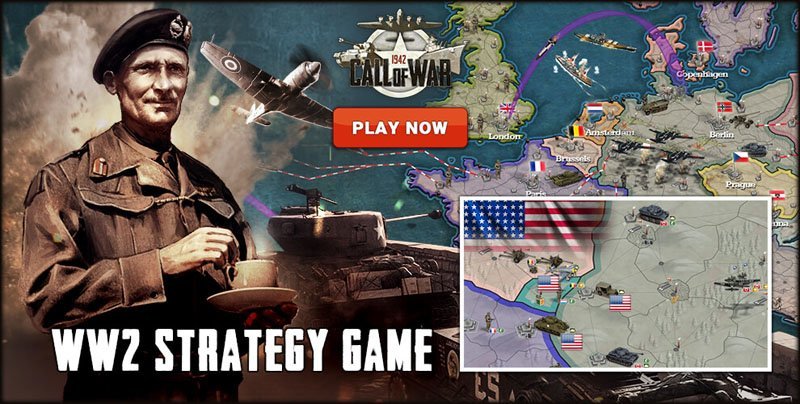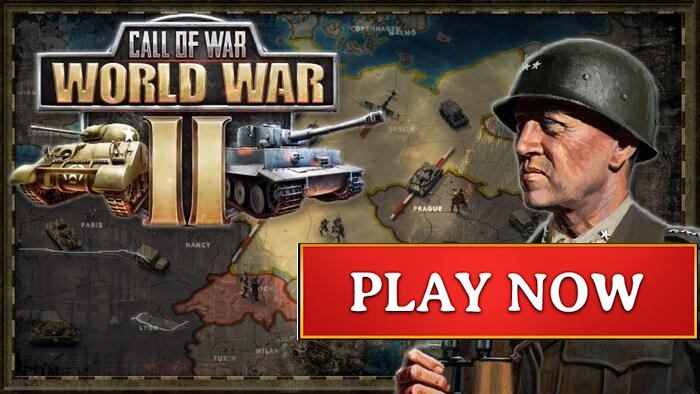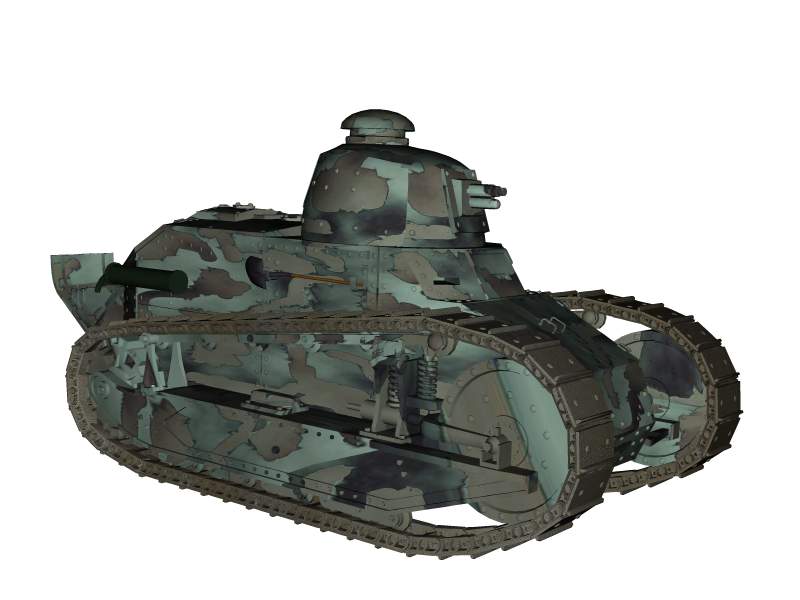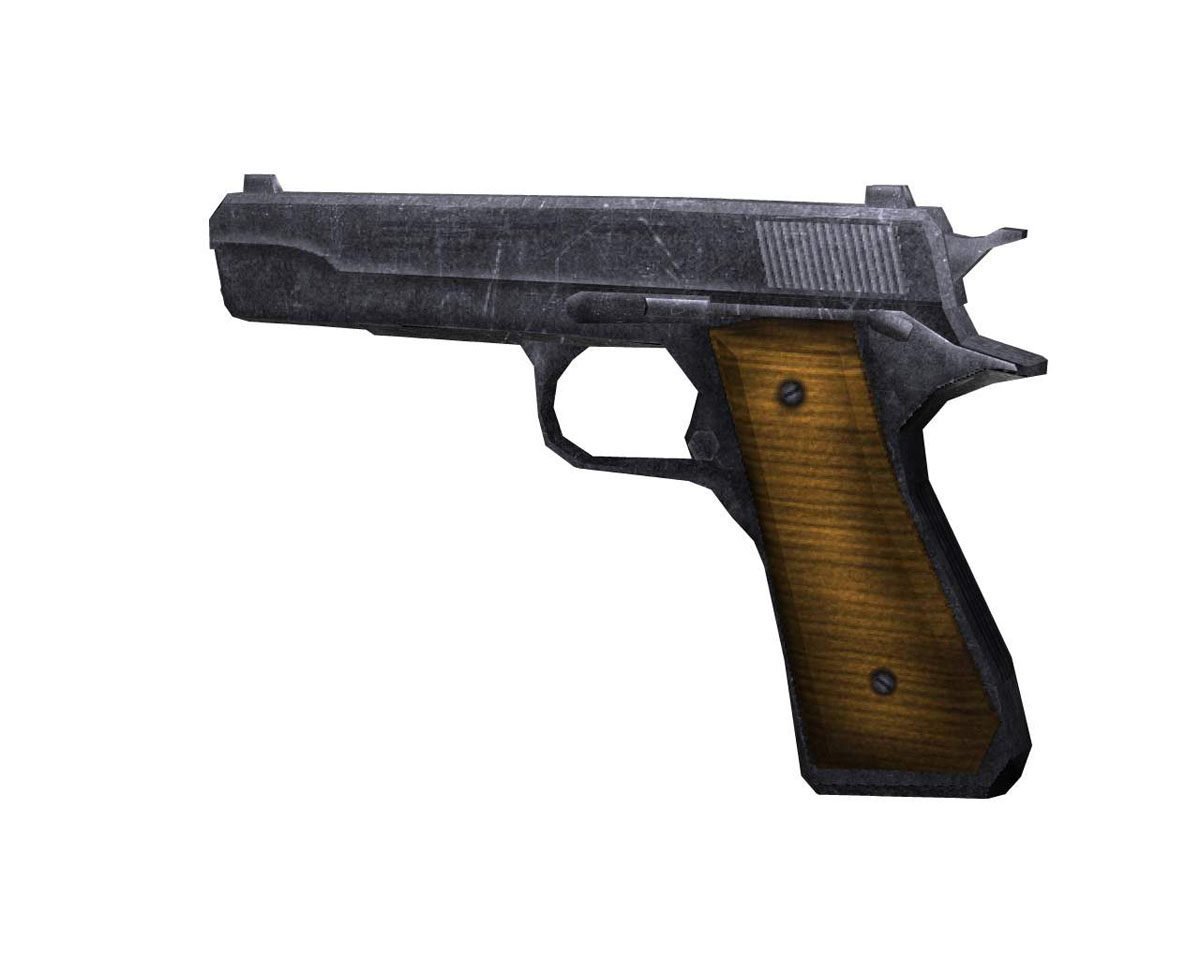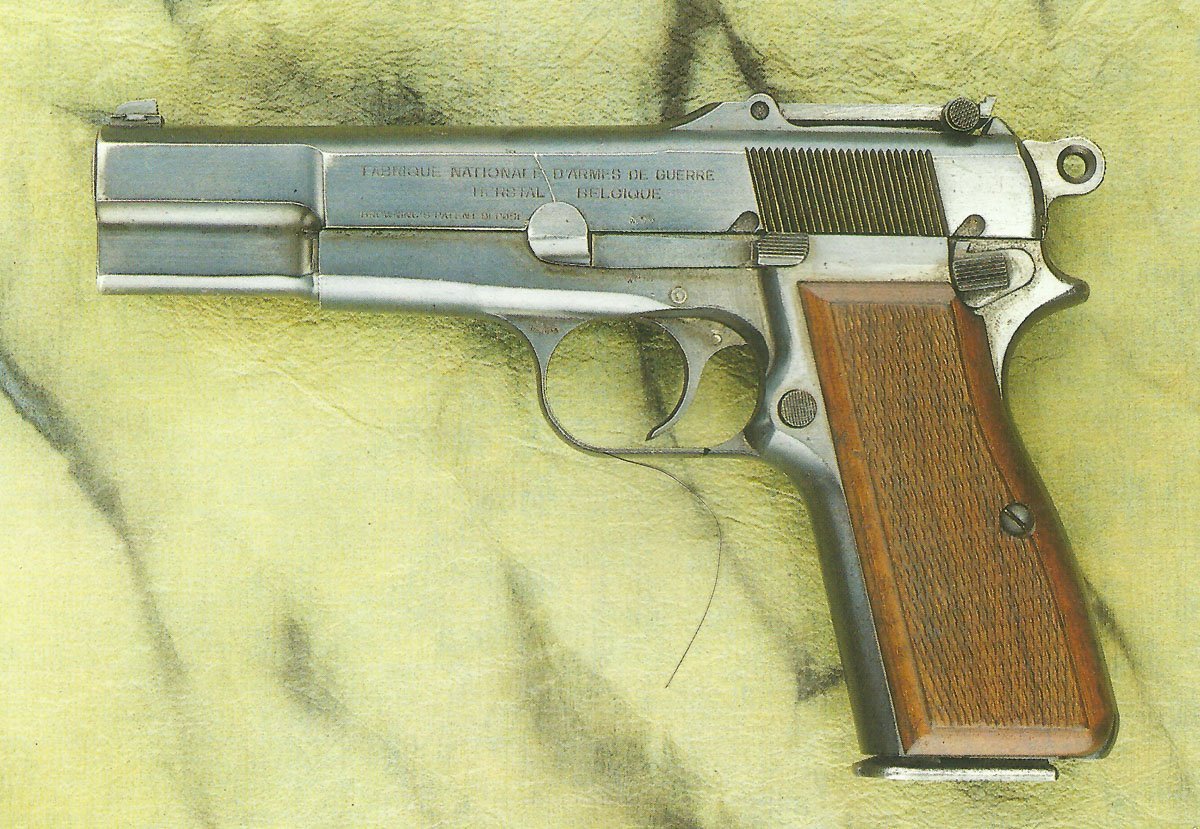Rolls-Royce armored car from the First World War.
History, development, service, specifications, pictures and 3D model.
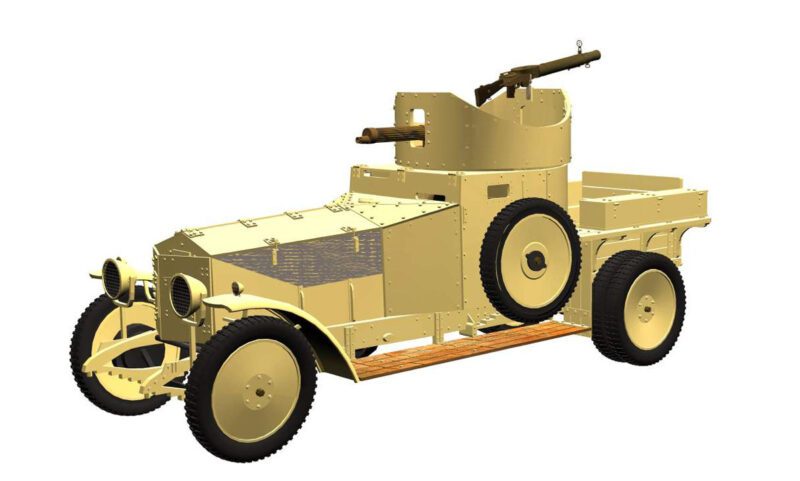
Rolls-Royce Armored Car in World War One
Table of Contents
Rolls-Royce armored car
Type: Armored car.
The Rolls-Royce Armored Car was a British armored fighting vehicle developed during the First World War.
Overview
Origin: It was first improvised in 1914 when the Royal Naval Air Service (RNAS) needed a vehicle to rescue pilots who had been shot down behind enemy lines.
Base vehicle: The armored vehicle was mounted on the chassis of a Rolls-Royce Silver Ghost luxury car.
Armour: It had a riveted armored hull made of hardened steel plates.
Armament: Usually equipped with a single water-cooled Vickers machine gun in a rotating turret.
Crew: The crew usually consists of three people – driver, commander and gunner.
Performance: Despite the extra weight of the armor, it was very fast and reliable thanks to the quality of the Rolls-Royce engine.
Service: Extensive use in the First World War, particularly in the Middle East and North Africa. T.E. Lawrence (‘Lawrence of Arabia’) used these vehicles in his campaigns in the Arabian desert.
Longevity: The design proved so successful that it remained in service well into the 1920s, and was even used to a limited extent during the Second World War.
The Rolls-Royce Armored Car helped to establish the concept of the armored vehicle as a viable military vehicle.
These vehicles played an important role in mobile warfare during the First World War and influenced the development of armored fighting vehicles in the years that followed.
History
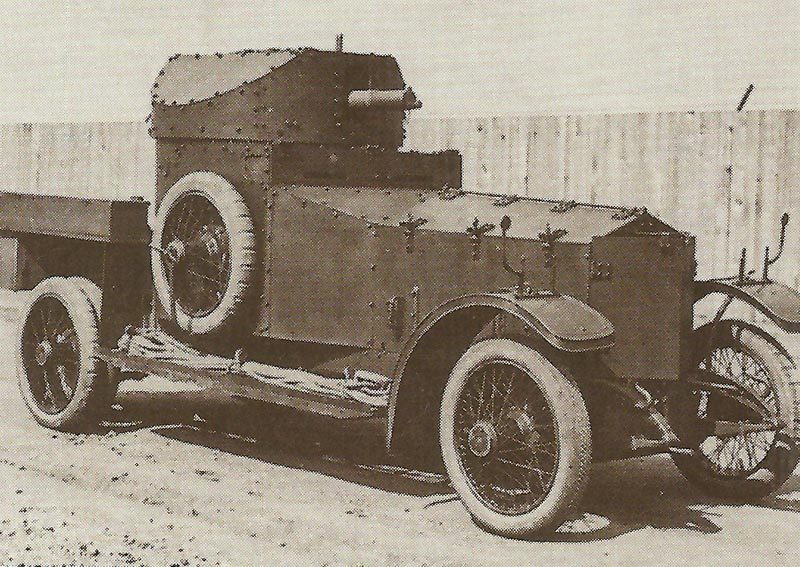
When the Royal Naval Air Service went to war in 1914, it sent a motley squadron of vehicles and aircraft to France and Belgium. Once there, some of the British naval officers noticed the way the Belgians were using armored cars to harass the advancing German troops, carry out raids and other tasks.
Within days, some of the Rolls-Royce Silver Ghost touring cars used by the RNAS were immediately converted at Dunkirk and fitted with armored plates on the sides and a single machine gun was carried behind the driver.
The British Admiralty learned of the success of the conversion and approved the official design of a proper armored car based on the Rolls-Royce Silver Ghost chassis, and the first of these models were in France by the end of 1914.
The official Rolls-Royce armored car, sometimes referred to as the ‘Armored Car Rolls-Royce 1914 Admiralty Turreted Pattern’ was an advanced conversion of the civilian Silver Ghost touring car with the addition of a turret and armor plating.
The springs were reinforced to support the extra weight and were the only modifications necessary to the chassis. The armor encased the entire vehicle and the turret, which was fitted with a Vickers or Maxim machine gun. The armor had oddly sloping sides, rather like the shape of a bishop’s mitre. The radiator had an armored door and the roof armor on the turret could be removed if necessary. A small area behind the turret was left open to transport goods or a machine gun mounted on the floor.
Once in service, the Rolls-Royce armored cars proved to be very successful and remained in troop use until 1922. The maximum armor thickness was 9 mm.
In March 1915, the first RNAS armored car squadrons were being formed in France and most of them were equipped with the Rolls-Royce. Prior to this, a few Royal Naval Air Service armored cars had already carried out some patrols and reconnaissance missions along the French and Belgian coastal region until the ‘race to the sea’ reached the Channel coast and positional warfare became the norm.
Once the front was static and crisscrossed by trenches, there was little left for the armored cars to do. Nevertheless, as more and more squadrons were deployed, they were used to patrol the coastal areas against possible enemy landings on the south-east coast of England.
By the time the first regular armored car squadrons were sent to France, there were few operational uses for them and many of the RNAS armored car squadrons were disbanded, and their vehicles handed over to the British Army, which was generally uninterested in them.
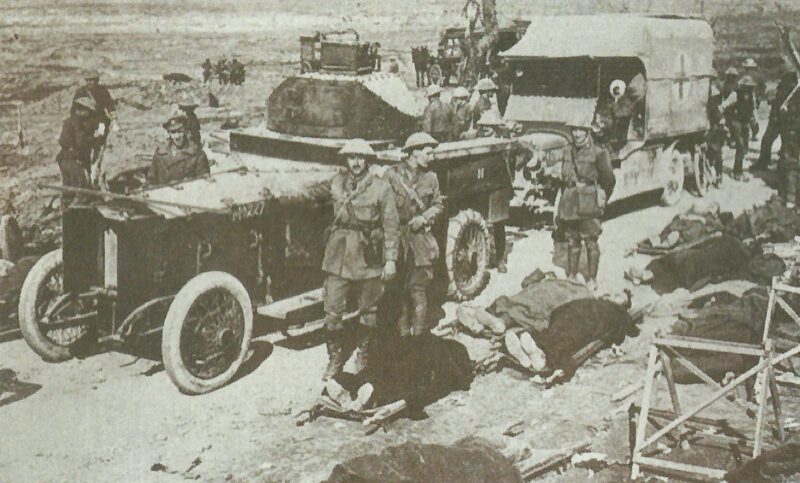
Subsequently, Rolls-Royce armored cars were used on other fronts and in overseas war zones, such as on the wild north-west frontier of India, on Gallipoli – where again they could do nothing – in German South-West Africa – where they did an excellent and largely unknown job – and in Uganda.
But it was in the North African desert, the Arabian Peninsula and Mesopotamia that the Rolls-Royce armored cars and a number of similar armored transport vehicles (like the armored car, but without a turret to carry goods and personnel) had the greatest impact on the war effort. There they proved to be exceptionally reliable, fast and capable of traversing very bumpy terrain.
The Rolls-Royce armored cars were in service until 1922, when they were replaced by a modernized version, the ‘Armored Car Rolls-Royce 1920 Pattern’ (Model 1920).
However, they were still in service during the Second World War. In 1940, around 75 of the Rolls-Royce armored cars were still in service with the British Army and around the same number in the colonies, including the first model. The vehicles in Great Britain were never used, but in 1941 the others were still in use in Iraq and in the first desert battles in 1940-41 in Egypt and Libya (model 1924 with special equipment for desert warfare). Some of the first 1914 models were even still in service in India.
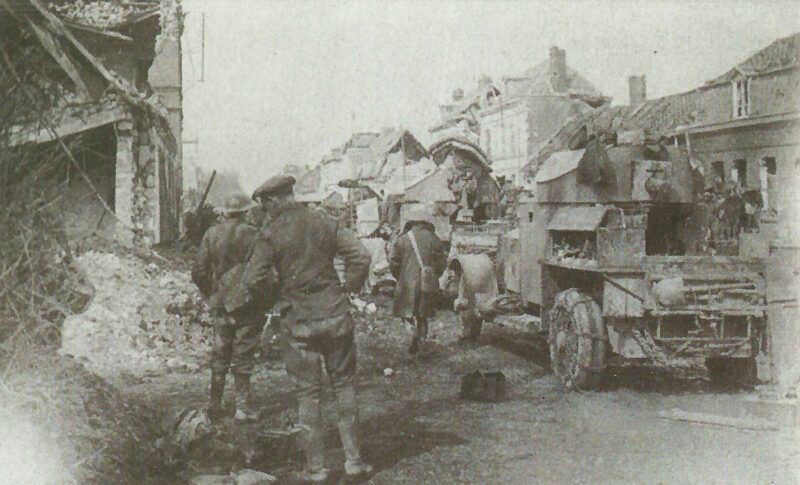
User: Great Britain.
Animation 3d model Rolls-Royce armored car
Specifications Rolls-Royce armored car
Specifications:
Rolls-Royce Armored Car | Specifications |
|---|---|
Type | Armored Car |
Crew | 3-4 |
Armament | mainly 1 x 0.303in (7,7mm) Vickers machine gun |
Length | 16 ft 6 in (5.03 m) |
Width | 6 ft 3 in (1.91 m) |
Height | 8 ft 4 1/2in (2.55 m) |
Armor | 8-9 mm |
Weight | 3.5 tons (Model 1920 3.8 tons, Model 1924 4.2 tons) |
Powerplant | 40-50 hp Rolls-Royce petrol engine (water-cooled) |
Speed | maximum 60 mph (73-95 km/h) |
Range (road) | 150 miles (240-288 km) |
First delivery | late 1914 |
Service delivery | early 1915 |
Quantity | ? (ca. 150 1940 still in service) |
References and literature
An Illustrated History of the Weapons of World War One (Ian Westwell)
The Illustrated Encyclopedia of Weapons of World War I (Chris Bishop)
Panzer und andere Kampffahrzeuge von 1916 bis heute (Christopher F. Foss, John F. Milsom, Colonel John Stafford Weeks, Captain Georffrey Tillotson, Richard M. Ogorkiewicz)
Krieg der Panzer (Piekalkiewicz)


